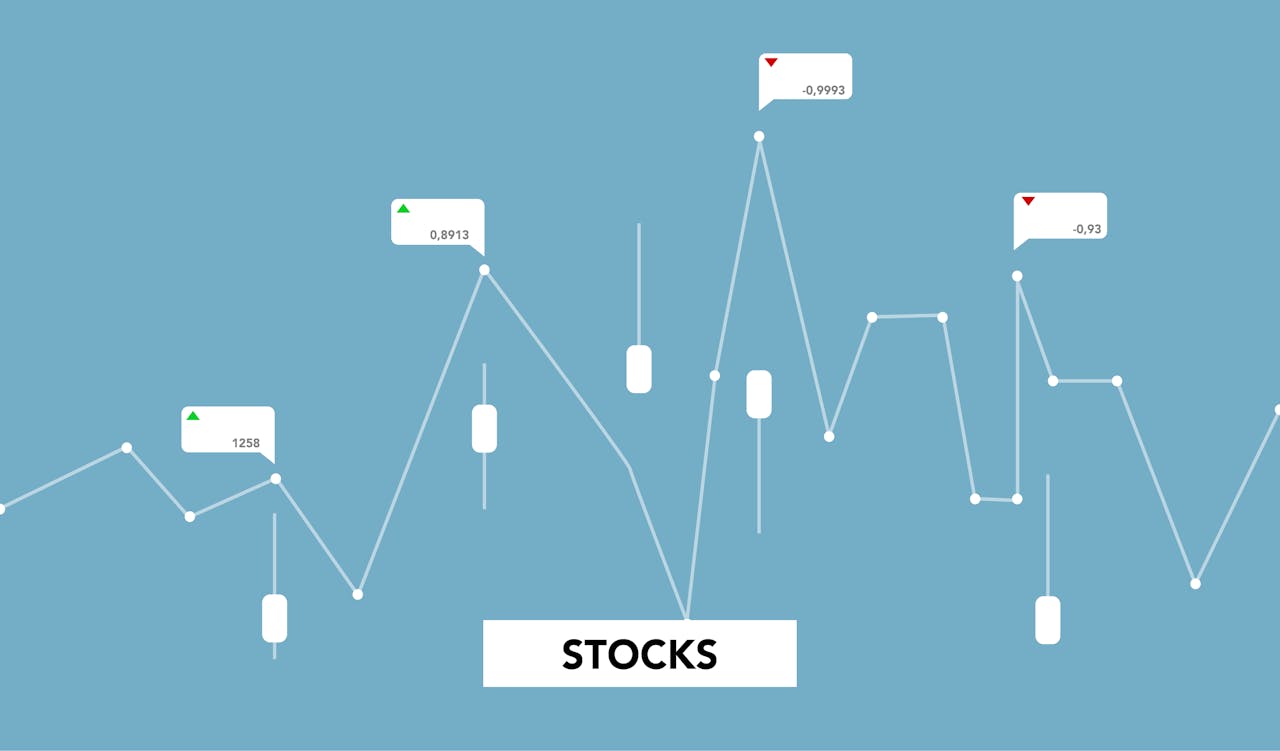The Great Depression was one of the most severe economic crises in world history. It not only caused widespread financial instability but also had a profound impact on the stock market. Between 1929 and the early 1940s, global markets faced enormous volatility, and the financial world was transformed. This article explores the effects of the Great Depression on the stock market, analyzing its causes, consequences, and the lasting changes that followed.
The Prelude to the Stock Market Crash
The 1920s, often referred to as the “Roaring Twenties,” were a period of great optimism in the United States. The economy was booming, and stock prices soared to unprecedented heights. Many individuals, driven by the belief that the market would continue to rise, invested heavily in stocks. This speculative bubble was fueled by easy credit and widespread borrowing.
However, the stock market was not as robust as it appeared. By late 1929, concerns about overvaluation and speculative trading were rising. Despite warnings from economists, investors continued to buy stocks at inflated prices. Ultimately, these practices contributed to an unstable market, and in late October 1929, the stock market crash occurred, marking the beginning of the Great Depression.
The Stock Market Crash of 1929
On October 29, 1929, also known as Black Tuesday, the stock market plunged dramatically. The Dow Jones Industrial Average fell by nearly 12 percent in a single day. In the days that followed, panic spread as investors rushed to sell their stocks, leading to further declines in stock prices. By the end of the year, the market had lost nearly 90 percent of its value.
This crash was not just a result of poor economic conditions, but also of excessive speculation. Many investors had bought stocks “on margin,” borrowing money to purchase more shares than they could afford. When the market began to falter, these investors were unable to repay their loans, which further exacerbated the downward spiral.
The Ripple Effects of the Market Crash
The stock market crash triggered a series of negative economic consequences. The collapse of stock prices led to the loss of wealth for millions of Americans, many of whom had invested their savings in the market. Banks, which had invested heavily in stocks, also faced significant losses. As a result, numerous banks failed, further deepening the economic crisis.
The collapse in the stock market had global repercussions. Since many countries were linked through international trade and finance, the effects of the crash quickly spread beyond the United States. Stock markets around the world tumbled, and many countries entered a period of deep economic hardship.
The Decline in Consumer Spending
As the stock market crashed, consumer confidence plummeted. People who had invested in stocks or lost their jobs were less likely to spend money on goods and services. This decrease in consumer spending contributed to a downward economic spiral, as businesses faced lower demand for products and services.
The decline in consumer spending had a direct impact on corporate earnings. Many companies saw their profits shrink, leading to layoffs, wage cuts, and further job losses. This cycle of economic contraction only worsened the overall situation.
Unemployment and Economic Despair
Unemployment reached staggering levels during the Great Depression. As businesses closed or reduced their operations, millions of people lost their jobs. By 1933, the unemployment rate in the United States had reached approximately 25 percent, and many other countries experienced similar levels of joblessness.
The resulting economic despair had a profound social impact. Families were displaced, and poverty levels soared. In addition to the immediate financial strain, the psychological toll of widespread unemployment and financial instability was immense. Many individuals lost hope for the future as they struggled to make ends meet.
Government Response to the Crisis
In response to the economic collapse, the U.S. government, under President Franklin D. Roosevelt, implemented a series of reforms and programs aimed at stabilizing the economy and restoring confidence in the stock market. One of the most significant measures was the establishment of the Securities and Exchange Commission (SEC) in 1934. The SEC was tasked with regulating the stock market, preventing fraud, and ensuring that investors had access to accurate information.
Additionally, the government introduced new banking regulations, including the Glass-Steagall Act, which separated commercial and investment banking. These reforms were designed to prevent the excessive speculation that had contributed to the stock market crash.
The New Deal and Economic Recovery
The New Deal, a series of programs launched by Roosevelt, sought to address the economic devastation caused by the Depression. Among other things, the New Deal included initiatives to create jobs, provide relief for the unemployed, and stabilize the financial system. While the recovery was slow, these measures eventually helped to restore some degree of economic stability.
During this period, the stock market began to recover gradually. However, the process of rebuilding investor confidence took years. The Great Depression had fundamentally altered the way people viewed the stock market, with many individuals becoming more cautious about investing.
Long-Term Effects on the Stock Market
The Great Depression left an indelible mark on the stock market and financial regulations. In the years following the Depression, stock market regulations became far stricter. The Securities Exchange Act of 1934 required companies to disclose financial information, making it more difficult for companies to manipulate their stock prices.
Furthermore, the Federal Reserve was given more authority to regulate the money supply and maintain financial stability. This shift in regulatory policies helped prevent a similar collapse in the future. Over time, these measures contributed to a more resilient stock market, though the memory of the Great Depression continued to influence investor behavior.
The Psychological Legacy of the Great Depression
The psychological impact of the Great Depression on the stock market was profound. Many investors who had lost money during the crash remained wary of the stock market for years. This caution, sometimes referred to as “The Depression Mentality,” led to a culture of conservatism in investing.
Despite this, the stock market gradually regained popularity, and investors returned to the market over time. However, the lessons learned from the Great Depression—such as the dangers of speculation, the importance of diversification, and the need for regulation—continued to shape the financial world for decades.
Conclusion
The Great Depression was a defining moment in economic history, and its effects on the stock market were far-reaching. The stock market crash of 1929, followed by widespread financial instability, transformed the way investors viewed the market. In response, the U.S. government enacted sweeping reforms to stabilize the economy and prevent future crashes.
While the recovery from the Great Depression was slow, it eventually led to a more regulated and resilient financial system. Today, the lessons of the Great Depression continue to influence stock market policies and investor behavior. Understanding the impact of this era is essential for comprehending the complex relationship between economic crises and the financial markets.
Check out our Facebook or X accounts.
For more topics check here.



